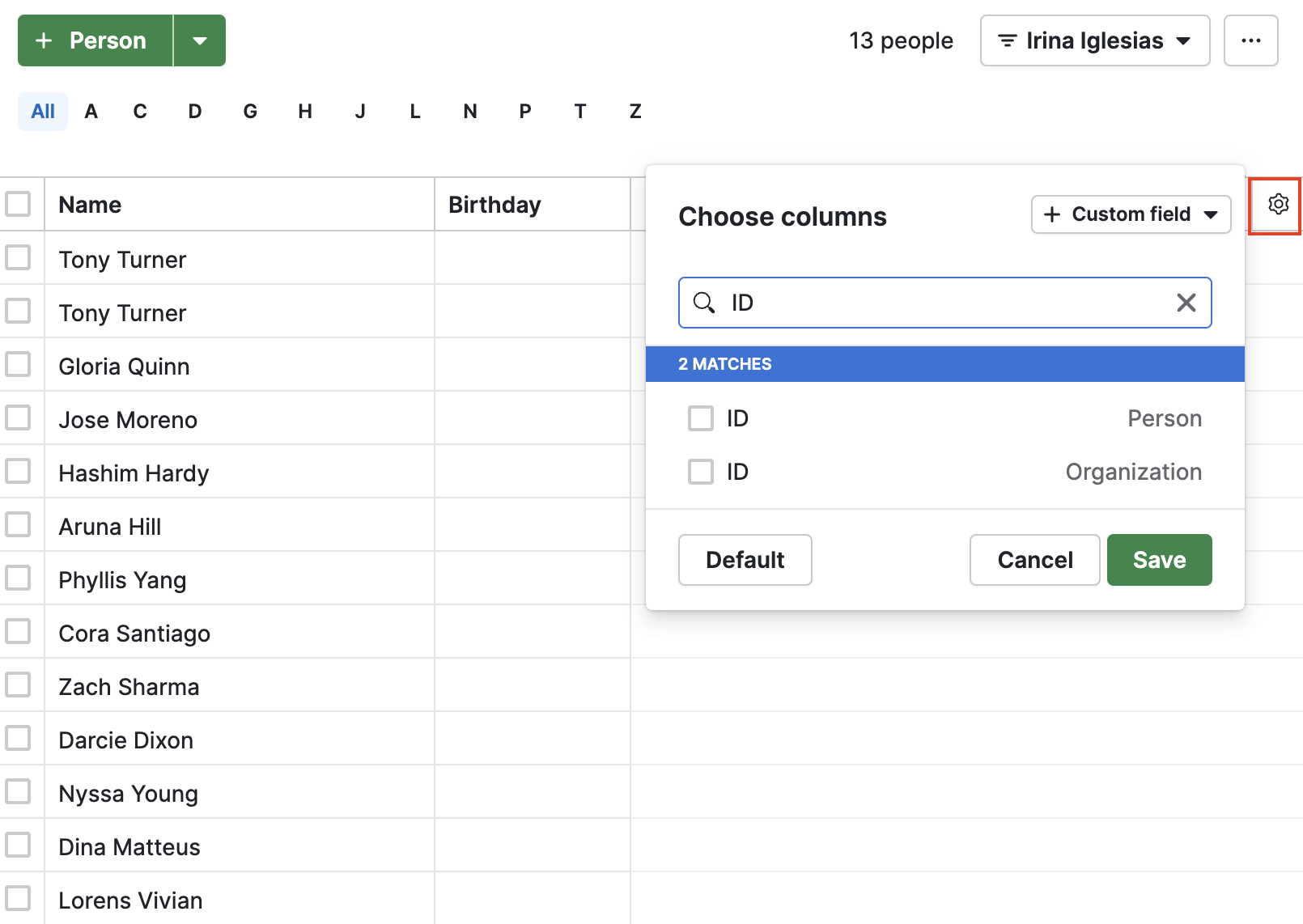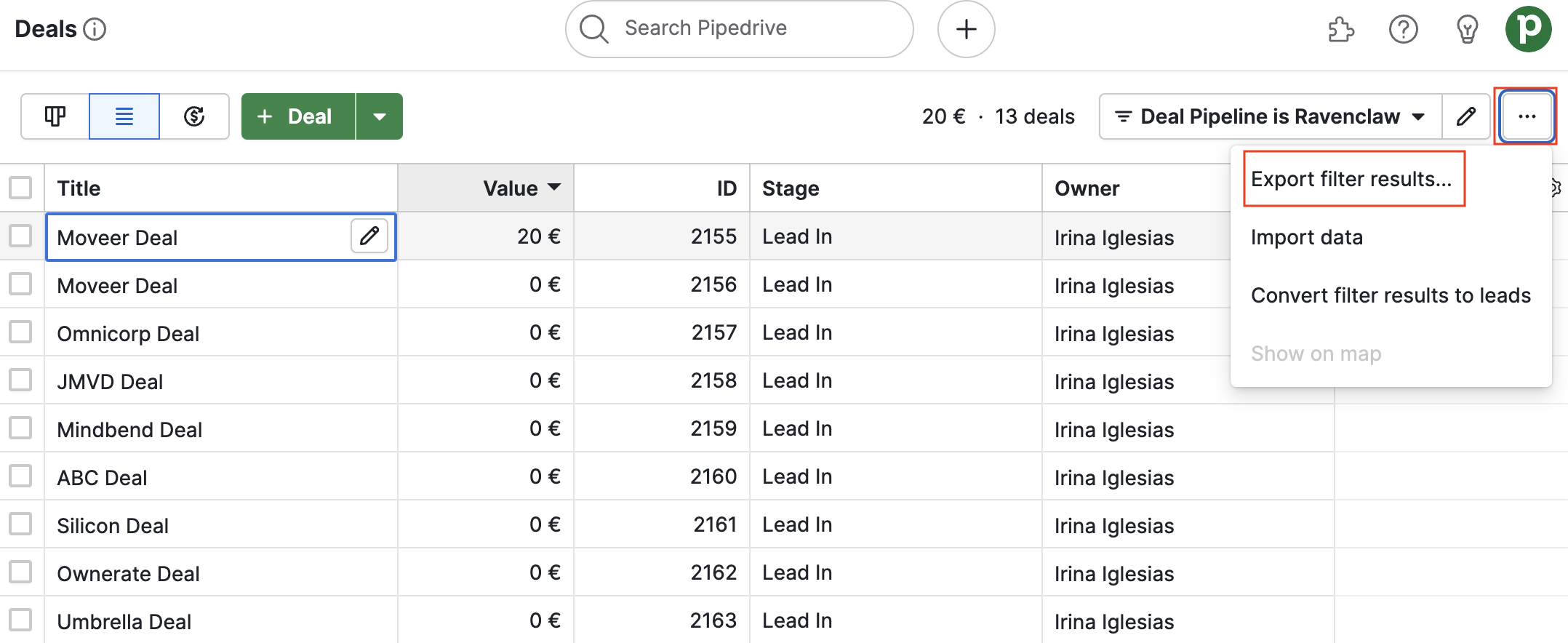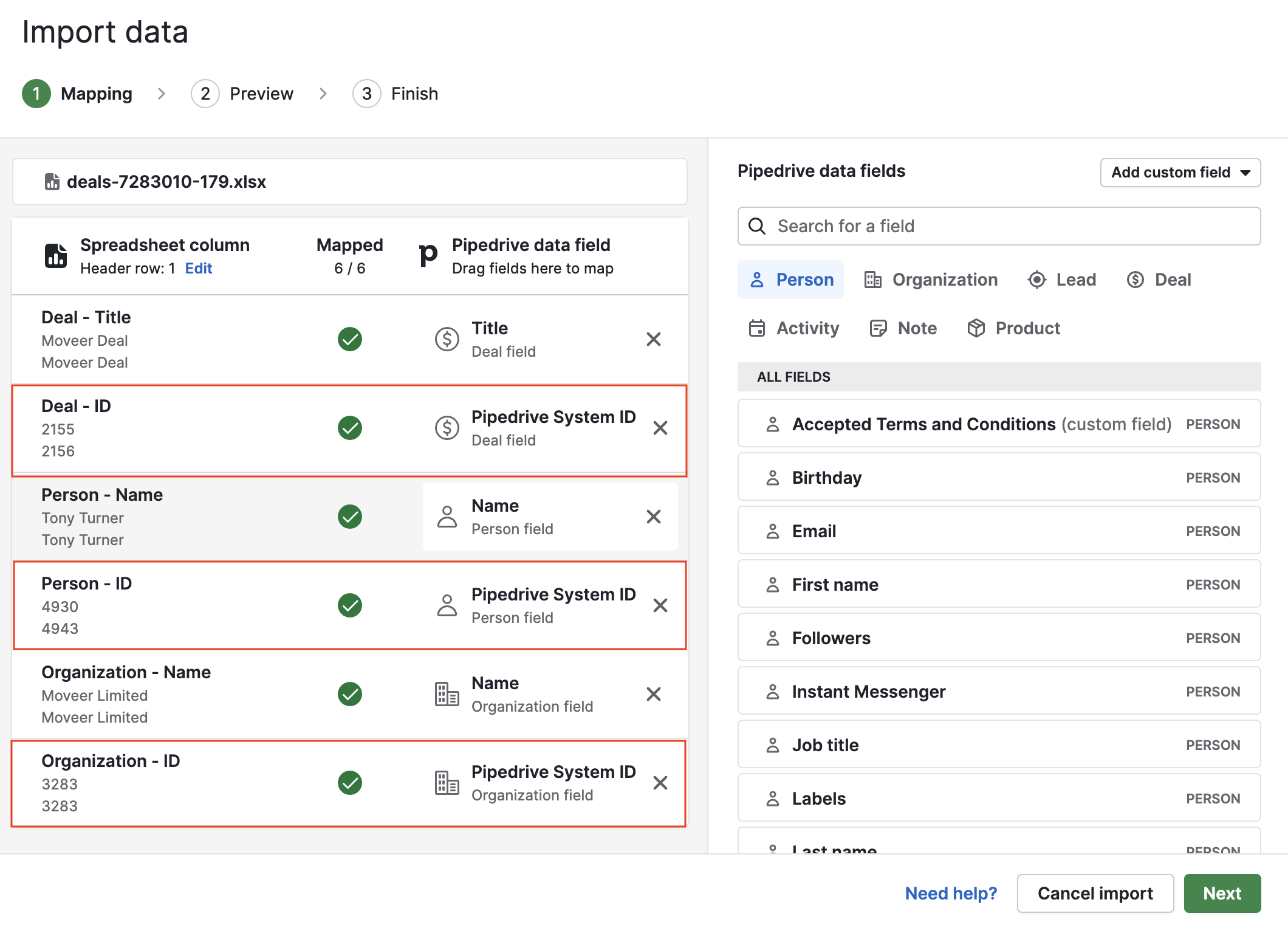Updating Pipedrive data with a spreadsheet
Having a large database of deals, people, or any other item can be natural when managing your sales. However, it can be expected that some information becomes outdated over time. Updating each one of them manually is doable, but if there is a lot of information that needs to be updated, it may require important time and effort that you could be using to close deals.
You could use the bulk editing and filtering features from the list view to edit data in large chunks, but what if you already have all the data you need in a spreadsheet, and you need to get it into Pipedrive without creating duplicates? For that reason, Pipedrive allows you to update your database in bulk by importing a spreadsheet with the Pipedrive System ID feature.
Pipedrive System ID feature
Within Pipedrive, every item – deal, person, organization, activity, product, note – is assigned a unique ID upon creation. You can find this ID in the URL of the detail view of each item, or you can add it as a column in the list view.

Exporting your data
Which IDs and fields should I use?
To update your items (deals, people, organizations, products, etc.), it's necessary to include the Pipedrive System ID and any other fields you'd like to update.
For example, let’s say that you want to change the values, stage and ownership of existing deals. You need to export a list with the ID column plus the Value, Stage and Owner columns.

Note that you can export other columns for reference, like the title. However, any changes that you make in those columns will be overwritten when you import.
How do I get the Pipedrive System IDs in the list view?
To make the ID column visible in the list view, click the gear icon to open the "Choose columns" section, search and select the desired ID field and click "Save".

You can create a filter to narrow down the list to only items you want to update. When the list view is configured to display your Pipedrive System ID fields, export the list here:

Importing your data
Once exported, make all necessary changes to the data within the spreadsheet. Here is one example of what your spreadsheet would look like when you export it before the changes:

And here is an example of the same spreadsheet with changes made to it. Keep in mind that the ID fields don’t need to be changed. You only need to change the information that needs to be updated in Pipedrive.

Then, import the spreadsheet to Pipedrive and map the corresponding ID fields to their columns.

When all the fields are mapped, click on “Next” and finish the import. The Pipedrive System ID will automatically update your database with your new information, as Pipedrive will know which elements you are updating based on the Pipedrive System ID.
Was this article helpful?
Yes
No